Christ Church Cathedral | Map
Alexander Weimann, music director; Nozomi Sato; Sinéad White; Jane Long; Dr Debi Wong; Jacob Gramit; Thomas Lamont; Keio University Collegium Musicum, Academy Vocal Ensemble; Baroque Mentorship Orchestra; Cappella Borealis
This concert features one of the greatest masterworks of 17th-century music, Dieterich Buxtehude’s Membra Jesu Nostri, an intense and expressive cycle of cantatas on the wounds of Christ. The programme will also explore selected masterworks of 17th-century Germany for choir, soloists, and instruments. The Keio University Ensemble from Tokyo, directed by Nozomi Sato, joins local soloists, members of EMV and UBC’s Baroque Mentorship Orchestra, and Cappella Borealis for a rich and varied programme from the German Baroque. Admission by donation.
To view/download the programme, including texts and translations, click here.
This concert is generously supported by Keio University,Vancouver Mitakai (Keio Alumni Society of Vancouver), Design the Future Fund and Hakuju Institute for Health Science, Co. Ltd. and Maurice & Tama Copithorne
Click here for information about parking around / transiting to Christ Church Cathedral
Programme
Andreas Hammerschmidt (1611-1675)
Verleihe uns Frieden gnädiglich
Dieterich Buxtehude (1637-1707)
From Membra Jesu nostril
– Ad Pedes
– Ad Genua
– Ad Manus
Heinrich Schütz (1585-1672)
O süßer Jesu Christ, SWV 405
– Ad Latus
Intermission
Andreas Hammerschmidt
Gib unserm Volke und Obrichkeit Frieden
– Ad Pectus
Heinrich Schütz
Ego dormio, SWV 63
Vulnerasti, SWV 64
– Ad Cor
Heinrich Schütz
Veni dilecte, SWV 274
– Ad Facies
Programme Notes
Buxtehude’s Membra Jesu Nostri
Dietrich Buxtehude’s cantatas entitled Membra Jesu nostri patientis sanctissima (The Most Holy Limbs of Our Suffering Jesus) contemplate seven parts of Christ’s crucified body – his pierced feet, bent knees, bleeding hands, wounded side, revered breast, loving heart, and thorn-crowned face. Combining vivid texts with intensely expressive music, they were, according to their title page in Buxtehude’s own hand, a personal act of piety and a gift to a “most honoured friend” Gustav Düben, cantor at the German Church in Stockholm and capellmeister of the Swedish court. At the heart of each of the seven cantatas is an aria setting three strophes of a Medieval mystical rhymed prayer known as Oratio rhythmica, famous in part because of its mistaken attribution to Bernard of Clairvaux, a hero of pious devotion. Buxtehude frames each central aria with a sacred concerto for voices and instruments setting a biblical text chosen to compliment the poetry and sets the tone for each cantata with an opening instrumental sonata. The result is an hourglass-like cantata form that moves from collective scripture reading by the concerto’s large ensemble, to personal reflection in the solo aria, and concludes with communal affirmation by repeating the concerto. At the heart of the cycle of cantatas is the most tender and intimate “Ad cor”. Here Buxtehude requests a dramatic instrumentation change to the delicate, shimmering timbre of an ensemble of five viols.
Devotional meditation served to evoke empathy and compassion for the suffering Christ, but also to bring comfort. The preface to a seventeenth century edition of Oratio rhythmica explains its purpose that “through the devout reading and meditation on the passion and death of Jesus Christ, sorrowful, repentant sinners and doubtful, afflicted hearts may be comforted and made joyful, and the faithful aroused to further, greater, and higher devotion in whatever they do, and inflamed by the Holy Spirit of God.” Besides poetry and music, the pious might employ images, including altar paintings, images in stained glass, and emblems (images, often bound together in books, combining a recognizable scene or symbolic collage with text that oriented the reader’s understanding of the scene or taught a moral lesson). Recent research has shown that some of the biblical texts chosen by Buxtehude were common epigrams on passion emblems. Perhaps Buxtehude and Düben’s audiences listened to these cantatas while contemplating the images in a book of emblems, or the Ecce homo painting in the German Church in Stockholm.
We are fortunate that this poignant window into the emotional life of the seventeenth century still survives. Gustav Düben bequeathed it and the rest of his exceptionally rich music library to his sons, who eventually donated it to the Uppsala University Library in two large wooden trunks. Apparently, these trunks were also home to a family of rats, and the university librarians promptly deposited the trunks and their contents in the cellar. There they remained until their rediscovery at the end of the nineteenth century by a music director from Buxtehude’s own city of Lübeck. Now, thanks to the wonders of modern technology, most of the so called Düben Collection has be scanned and is freely available online.
(Christina Hutten)
Religious Piety and Music in the German Baroque
Seventeenth-century Germany experienced drastic social change. Although the Peace of Augsburg (1555) was an agreement ensuring religious freedom, this freedom applied to rulers only; it had nothing to do with ordinary people. For them, religious doctrine was still dictated from above. However, over the course of the seventeenth century, religion changed gradually, becoming a more personal domain based on individual belief. The disastrous outcome of The Thirty Years War (1618-48) left Central Europe deeply wounded, as well as conscious of the motto “memento mori” (remember your death). Individuals were looking for a personal relationship with God and were struggling to find the strength to maintain inner piety. At the same time, this struggle was also a battle for inner freedom.
This spirit of the era was clearly reflected in the arts – especially in literature and music. Johann Arnt, an influential theologian of this time and author of The True Christianity (a series of daily meditation books) maintained that the Kingdom of God could be found inside human beings and nowhere else; once one had found it, one must sacrifice oneself with true love (1664, vol. 3, fol. 2). The arts, reflecting this kind of thought, often featured the common motifs of “marriage with Jesus in Heaven” and “greeting Jesus as one’s bridegroom.” These motifs were occasionally expressed in extremely emotional, almost amorous ways, as one can observe in Buxtehude’s Membra Jesu Nostri.
In the programme for this concert, Buxtehude’s Membra is divided into several parts. Interspersed among them are thematically related musical settings by Heinrich Schütz (1685-1772) and Andreas Hammerschmidt (1611-75). Heinrich Schütz was the leading composer in seventeenth-century Germany. As a young man, he travelled to Italy to study the latest musical developments. He was especially impressed by the madrigal, which expressed human emotion in an explicit, straightforward manner, despite using sophisticated musical language. Love, pain, and desire were often central themes in this genre, and Schütz sought to interweave a traditional, sacred musical style with the subjective, emotional expression of the madrigal. The pair of motets, Ego dormio / Vulnerasti (SWV 63-64), were included in his collection Cantionae Sacrae, published in 1625 shortly after he returned to Germany from Italy. The text was taken from the Old Testament’s “Song of Songs,” also known as “Song of Solomon,” which holds a unique position in the Bible in terms of its literary form and expression; it is an erotic dialogue between two lovers, often interpreted as an allegory for the love between Christ and the believer. Schütz’s work employs dissonance and rhythmic contrast freely here in order to replicate the strikingly emotional tone of the text.
Another musical form that Schütz learned about during his time in Italy was the concerto. This term was synonymous with “symphonia” in Schütz’s time, both terms denoting the performance of music with instruments, usually not instruments alone, but rather instruments reinforcing and dialoguing with vocal parts. Instruments came to have increasingly independent functions during the seventeenth century, as composers began to seek instrumental musical idioms in earnest. O süßer Jesu Christ from Symphoniae Sacrae III (1650) is a perfect example of the mixing of voices and instruments, with each part offering its own type of expression. In Veni delecte, the instrumental parts (trombones) are integrated in a more homogeneous and harmonious texture with the vocal ones.
Andreas Hammerschmidt, organist of St. Johannes Church in Zittau in Saxony belongs to the generation between Schütz and Buxtehude. The text of his Verleihe uns Frieden/ Gib unserem Volke und Obrichkeit Frieden is from a German chorale by Martin Luther (a German paraphrasing of the Gregorian antiphon Da Pacem Domine). These pieces are an example of the concerto or symphonia genre, featuring a rich sound combination of solo voices or choir (upper two soprano parts were perhaps sung by children) together with wind and continuo instruments. This chorale was sung as part of Lutheran worship, representing the longing for peace in a time of struggle and suffering.
(Nozomi Sato)
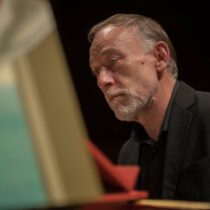
Alexander Weimann, music director
Alexander Weimann is one of the most sought-after ensemble directors, soloists, and chamber music partners of his generation. After travelling the world with ensembles such as Tragicomedia, Cantus Cölln, the Freiburger Barockorchester, Gesualdo Consort and Tafelmusik, he now focuses on his activities as Music Director of the Pacific Baroque Orchestra in Vancouver, Music Director of the Seattle Baroque Orchestra, and regular guest conductor of ensembles including the Victoria Symphony, Symphony Nova Scotia, Arion Baroque Orchestra in Montreal and the Portland Baroque Orchestra.
Alex was born in Munich, where he studied the organ, church music, musicology (with a summa con laude thesis on Bach’s secco recitatives), theatre, mediæval Latin, and jazz piano, supported by a variety of federal scholarships. From 1990 to 1995, he taught music theory, improvisation, and Jazz at the Munich Musikhochschule. Since 1998, he has been giving master classes in harpsichord and historical performance practice at institutions such as Lunds University in Malmö, the Bremen Musikhochschule, the University of California (Berkeley), Dartmouth College (New Hampshire), McGill University, Université de Montréal, and Mount Allison (New Brunswick). He now teaches at the University of British Columbia and directs the Baroque Orchestra Mentorship Programme there. He has received several JUNO and GRAMMY Award nominations – most recently, for the album Nuit Blanches with the Pacific Baroque Orchestra and Karina Gauvin.
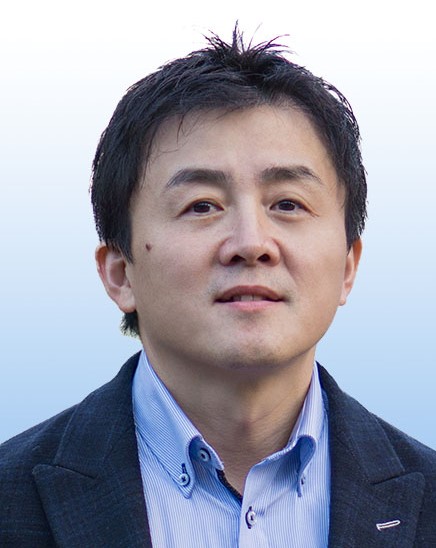
Nozomi Sato
Co-director of Keio University Collegim Musicum, Conductor and Director of vocal part of the Collegium.
Nozomi Sato earned his PhD in Musicology from Tokyo University of the Arts in 2005 and is currently professor of musicology at Keio University. He obtained his BA and MA in musicology from Tokyo University of the Arts and also also studied at graduate level at the University of Cologne and the Ruhr University Bochum. His publications include The Typology of Instrumental Music in German Music Theory Writings, ca. 1650–1750 (2005), Rethinking Baroque Music (2017), as well as articles on music theology, education, and other scholarly topics. He was trained as practical musician. He is directing vocal section of Keio University Collegium Musicum including its Academy Vocal Ensemble. He is also organist of Asagaya Church, Tokyo.
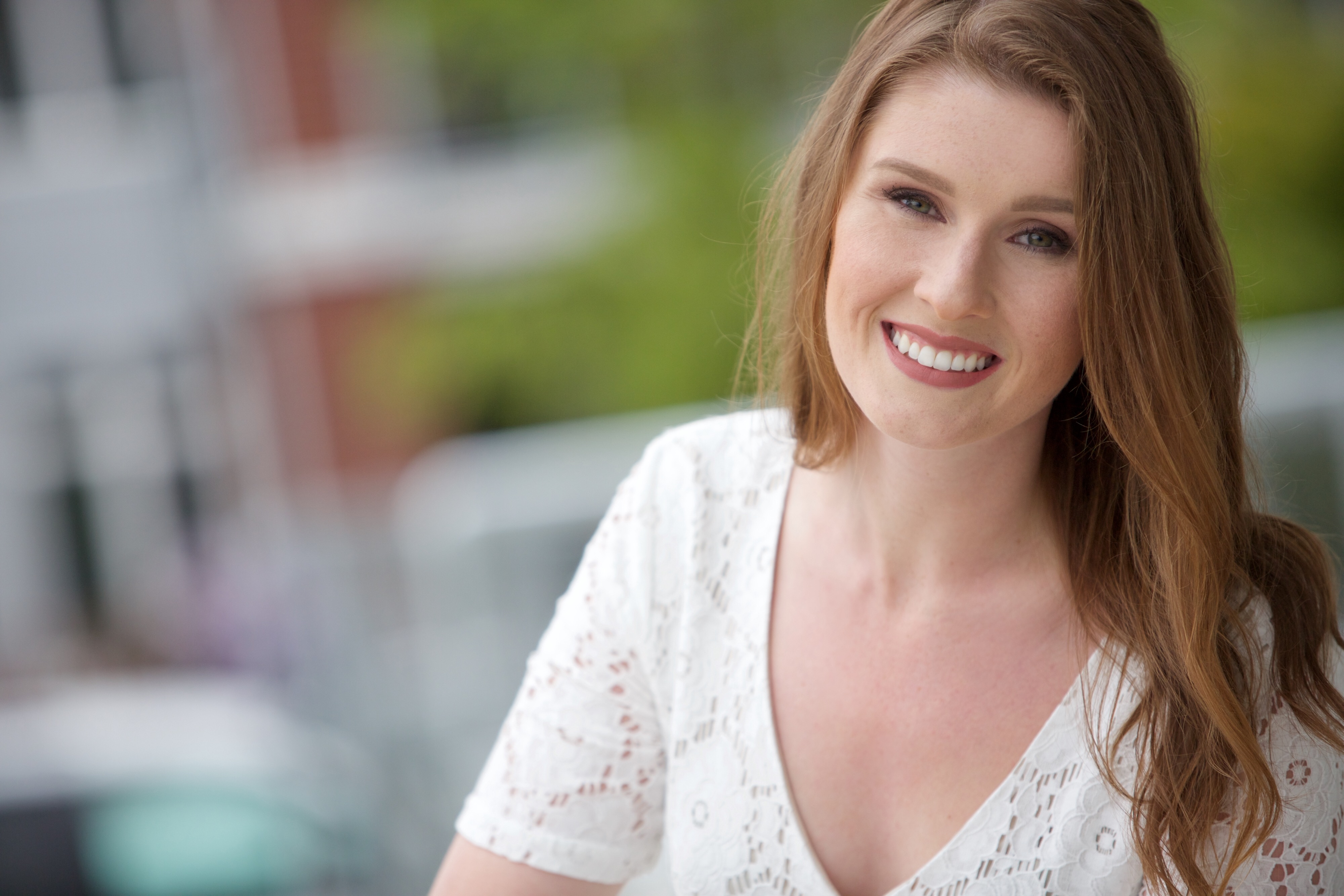
Sinéad White
Currently based out of Vancouver, Irish-born soprano Sinéad White has maintained an active performing and teaching schedule. She was recently the soprano soloist in Bach’s Christmas Oratorio in Kelowna, BC with the Okanagan Festival Singers alongside members of the Okanagan Symphony as well as a soprano soloist in Bach’s B Minor Mass with SummerChor at St. Andrew’s-Wesley. Last year, she was awarded an Art of Song Fellowship at the Toronto Summer Music Festival where she studied and performed a range of art song repertoire. She has received additional training at the Canadian Vocal Arts Institute and the Advanced Singer/Oratorio Program at the Victoria Conservatory of Music.
In 2014, Sinéad was a fellow at the Sibelius Academy in Santa Fe where she worked on contemporary repertoire with Canadian soprano/conductor Barbara Hannigan. Her opera credits include Suor Genovieffa in Suor Angelica with the Dublin Opera Studio Program, Zerlina in Don Giovanni with ViVace Opera and Giulietta in Opera McGill’s production of I Capuleti e i Montecchi. She looks forward to completing a one-year Advanced Certificate of Performance with early music specialization at the University of Toronto this coming year. Sinéad completed her BMus and MMus in Voice/Opera at McGill University with tenor, Stefano Algieri and continues to work privately with baritone, Dale Throness. This year, she has studied baroque repertoire with soprano, Nancy Argenta thanks to the generous scholarship from Early Music Vancouver.
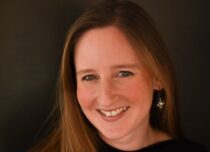
Jane Long
Hailed as a “standout” performer with “pure” and “ethereal” sound (South Florida Classical Review), Jane Long is a “clear, agile soprano” (The Georgia Straight). Vancouver, Canada, native Jane Long performs as a chamber singer, concert soloist, and recitalist. As a soloist, Jane has recently performed with the Victoria Symphony, Pacific Musicworks in Seattle, Vancouver Chamber Choir, Re:Naissance Opera, Victoria Baroque Players, chamber recitals with the St Augustine series (Vancouver), and recitals with Juno nominated pianist, Jane Coop.
Jane has had the honor of studying with renowned musicians including Emma Kirkby, Andreas Scholl, Richard Egarr, and Ellen Hargis. Some of her highlights include a staged performance of 17thCentury Italian song with Stephen Stubbs and Pacific Musicworks, a cross Canada tour of an innovative new and early music program with Arkora music collective, and performances as a soprano soloist in Early Music Vancouver’s all-women tour of Vivaldi Gloria and Magnificat, led by Monica Huggett. She sings with ensembles such as Seraphic Fire (Miami, Florida), True Concord (Tucson, Arizona), Spire (Kansas City, Missouri), Arkora (Vancouver and Toronto) and Vancouver Chamber Choir as an ensemble singer. Jane received her Bachelors of Music in Vocal Performance from the University of British Columbia and her Masters of Music in Vocal Performance from the Guildhall School of Music & Drama in London, England. She now works as a free-lance artist and lives in Washington State with her husband and three young children.
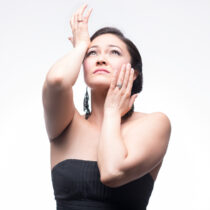
Dr Debi Wong
Dr Debi Wong is a Canadian mezzo-soprano, actor and stage-director. She has been praised for possessing a “rich-toned” voice (The Vancouver Sun, CAN) and delivering and creating performances that are “mind-blowing” (Schmopera, CAN) and “unique and magical” (Rondo Classic, FI). She is also the founder and artistic director of the Vancouver-based opera company, re:Naissance.
Debi performs regularly with White Sparrow, her award-winning lute and voice duo co-founded in 2011 with Solmund Nystabakk (lute). The duo has given recitals across Europe and North America, most notably in the Stockholm Early Music Festival series, at the BRQ Vantaa Festival, the Copenhagen Renaissance Festival, the Laus Polyphinae Festival in Antwerp and in the Fabulous Fringe series at the Utrecht Early Music Festival. This season, their debut recording, Mister Dowland’s Midnight was released on SibA/Naxos records.
Debi is a graduate of Yale University (M.Mus.) and The Yale Institute of Sacred Music (Diploma in Sacred Music), where she studied vocal performance and was the recipient of the 2010 Margot Fassler award for outstanding performances in sacred music. She is currently a doctoral candidate at the Sibelius Academy in Finland.
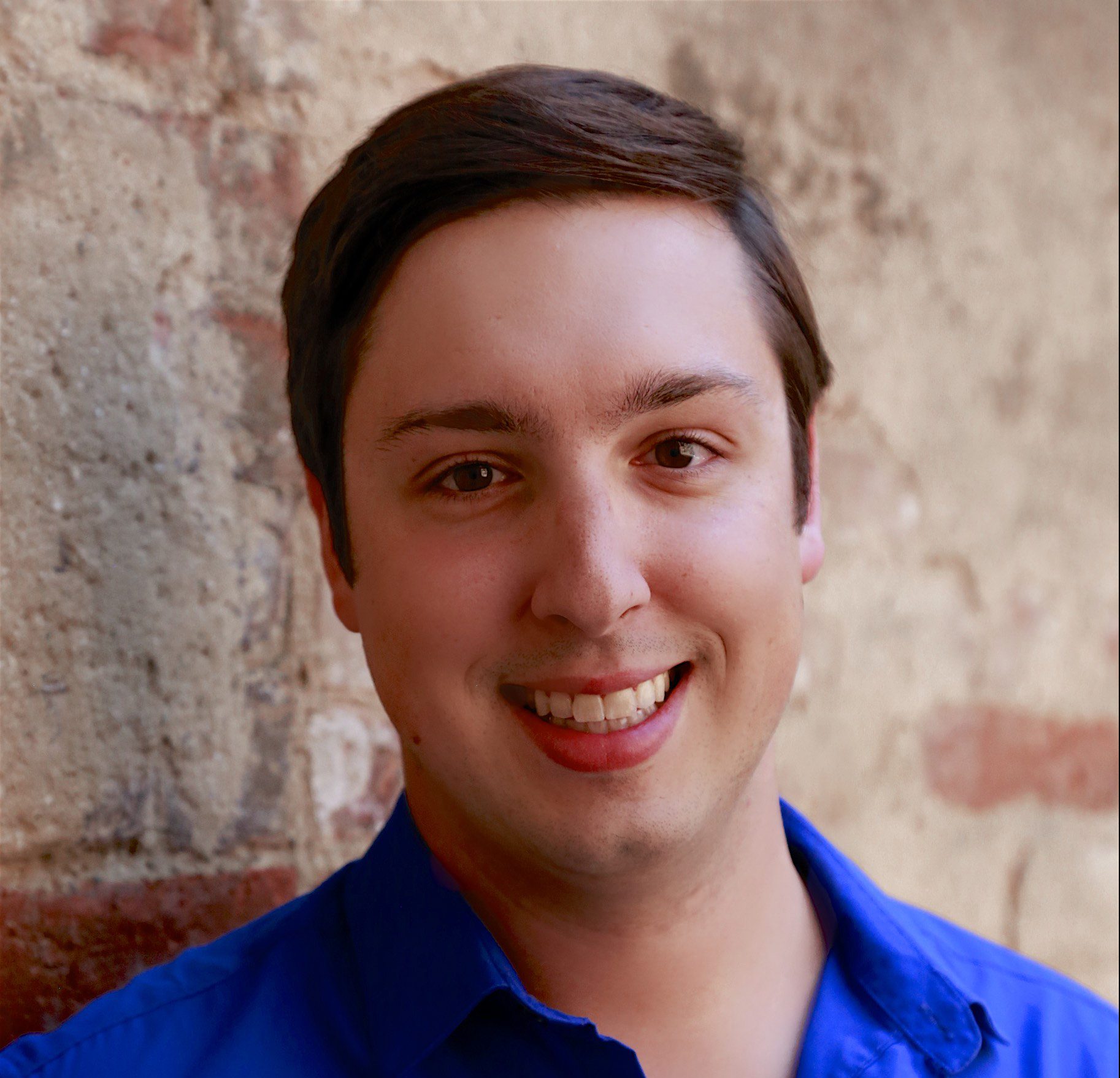
Jacob Gramit
Originally from Edmonton, baritone Jacob Gramit is currently living in the Netherlands, pursuing a Master’s Degree in Early Music from the Royal Conservatory in the Hague, studying with Pascal Bertin, Peter Kooij, Michael Chance, Dorothee Mields, Robin Blaze, and Lenie van der Heuvel. Highlights have included projects ranging from Franco-Flemish Polyphony from original notation under Stratton Bull, to a tour of Bach’s B Minor Mass (with performances in America and the Netherlands) under Ton Koopman, to singing Louis Andriessen’s De Materie under Reinbert de Leeuw, as well as projects with Charles Toet, Pieter Jan Belder, Mike Fentross and Peter van Heyghen. Before moving abroad, Jacob lived in Vancouver, where he attended the University of British Columbia (BMus, 2012), and sang for three seasons with musica intima, as well as singing as a section leader in the Vancouver Cantata Singers and the Christ Church Cathedral Choir. As a chorister, he has performed with the Pacific Baroque Orchestra under Alexander Weimann on several occasions, and was selected to participate in a performance of Spem in Alium and other renaissance masterworks with the Tallis Scholars (under Peter Philips), presented by Carnegie Hall.
Thomas Lamont
Thomas Lamont is a lyric tenor from New Westminster, BC. A versatile performer, Thomas is a student of a variety of styles including opera, musical theatre, and jazz. Some recent highlights include: tenor soloist for Handel's Messiah with the Chilliwack Symphony Orchestra, Count Almaviva in Rossini's Il barbiere di Siviglia with Burnaby Lyric Opera, Orin Scrivello in Vagabond Players’ Little Shop of Horrors, tenor soloist for J.S. Bach's St. John's Passion with UBC Choirs and Orchestra, and Nemorino in Burnaby Lyric Opera’s highlights concert of L’elisir d’amore. Thomas has been praised for his clear, strong voice, comedic acting, and his execution of florid passages. Currently, he is completing a Bachelor’s degree at the University of British Columbia studying under baritone, Dale Throness.
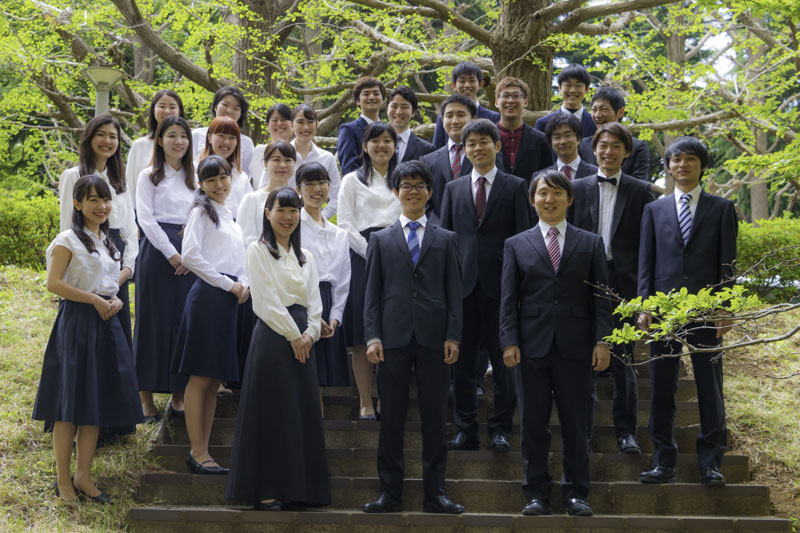
Keio University Collegium Musicum, Academy Vocal Ensemble
Keio University Collegium Musicum is part of the University's ordinary liberal arts education program. The "Academy Vocal Ensemble" (directed by Professor Nozomi Sato) is the small-sized chamber choir (ca. 25 singers) of the Collegium. The members receives regularly vocal training aiming unity of independent singers. Since its founding in 2013 the Ensemble has performed repertories from Baroque to Modern era (H. Schütz, D. Buxtehude, G. F. Handel, G.Fauré, A.Miyoshi etc.), working together not only with its instrumental counterpart "Early Music Academy" of the Collegium, but also with professional musicians residing in Tokyo Metropolitan area. Their performance of Handel’s Messiah (full-length) in February 2018 has received great reputation. The Ensemble will appear in a concert that will be held on March 8, 2019 at Christ Church Cathedral, Vancouver, featuring, among all else, D. Buxtehude’s Membra Jesu Nostori, one of the most notable Passion cantatas of seventeenth-century Germany. This is a collaboration concert with UBC Baroque Orchestra Mentorship Programme (BOMP) and Early Music Vancouver.
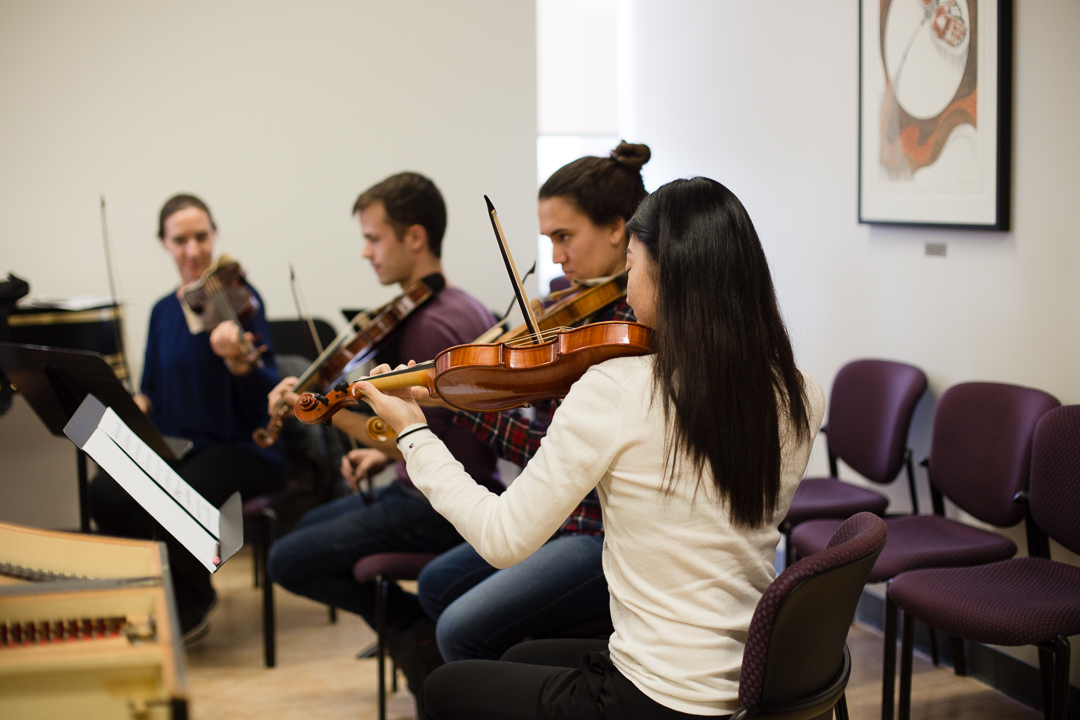
Baroque Mentorship Orchestra
About five years ago a new and exciting educational initiative took root in Vancouver, a Baroque Mentorship Orchestra in which the seasoned professionals of the Pacific Baroque Orchestra rehearse and perform side-by-side with students and aspiring young artists from the community. The programme is made possible by the collaboration of Early Music Vancouver, Pacific Baroque Orchestra, and the University of British Columbia, and thanks to the generosity of Vic and Joan Baker. The mentorship orchestra is directed by Alexander Weimann. Chloe Meyers and Natalie Mackie serve as regular mentors, aided by many other specialist coaches for strings, woodwinds, and brasses. The orchestra has offered an ambitious variety of music from the 17th and 18th centuries: highlights have included Telemann’s Don Quixote Suite, Handel’s Fireworks Music at the Chan Centre, a spicy programme of Mediterranean music entitled Fandango!, excerpts from Handel’s magnificent early opera Agrippina, and a festival of Telemann concertos and suites.
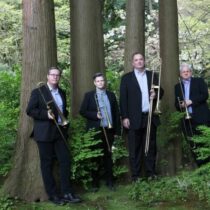
Cappella Borealis
Cappella Borealis was founded in 2015 as Vancouver’s own ensemble for early brass music. Consisting of Jeremy Berkman, Alex Fisher, Ellen Marple, and Nathan Wilkes, all performers on the early trombone (or “sackbut”), Cappella Borealis explores a range of repertoire from the Renaissance and Baroque periods featuring early brass, often in combination with voices and other instruments. The ensemble has appeared in various presentations by Early Music Vancouver, musica intima, and in other venues.






